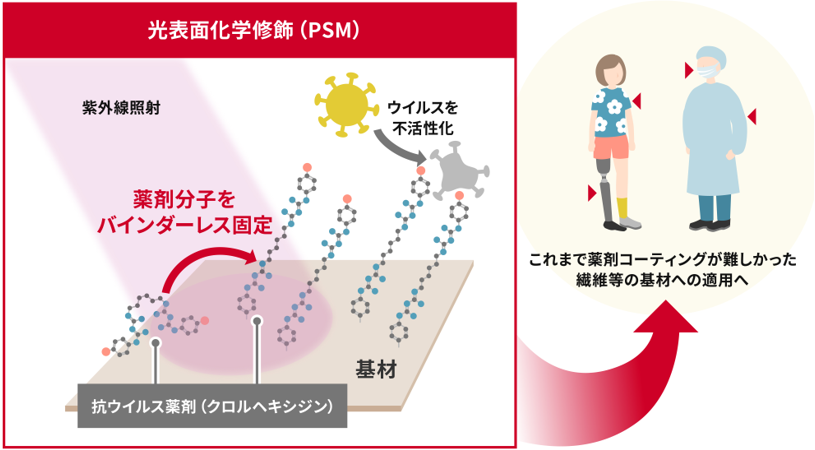2025-02-14 ブラウン大学
<関連情報>
視床下部オプシン3はMC4Rシグナルを抑制し、Kir7.1を増強して食物摂取を促進する Hypothalamic opsin 3 suppresses MC4R signaling and potentiates Kir7.1 to promote food consumption
Hala K. Haddad, Jonathan I. Mercado-Reyes, E. Román Mustafá, +10, and Elena Oancea
Proceedings of the National Academy of Sciences Published:February 14, 2025
DOI:https://doi.org/10.1073/pnas.2403891122

Significance
Our results uncover a novel mechanism by which the nonvisual opsin receptor opsin 3 (OPN3) modulates food intake via the melanocortin 4 receptor (MC4R), a receptor crucial for the regulation of energy balance and feeding behavior. Indeed, loss-of-function mutations in MC4R are the main monogenic cause of obesity in humans. We discovered that in hypothalamic neurons of the paraventricular nucleus OPN3 regulates MC4R signaling in a G-protein-dependent and light-independent manner. Our results show that OPN3 functions together with MC4R and the inward rectifying potassium channel Kir7.1 to regulate both cAMP signaling and neuronal firing activity. Our data reveal a unique regulatory mechanism by which OPN3 functionally interacts with another G-protein-coupled receptor (GPCR) and an ion channel to modulate neuronal signaling.
Abstract
Mammalian opsin 3 (OPN3) is a member of the opsin family of G-protein-coupled receptors with ambiguous light sensitivity. OPN3 was first identified in the brain (and named encephalopsin) and subsequently found to be expressed in other tissues. In adipocytes, OPN3 is necessary for light responses that modulate lipolysis and glucose uptake, while OPN3 in human skin melanocytes regulates pigmentation in a light-independent manner. Despite its initial discovery in the brain, OPN3 functional mechanisms in the brain remain elusive. Here, we investigated the molecular mechanism of OPN3 function in the paraventricular nucleus (PVN) of the hypothalamus. We show that Opn3 is coexpressed with the melanocortin 4 receptor (Mc4r) in a population of PVN neurons, where it negatively regulates MC4R-mediated cAMP signaling in a specific and Gαi/o-dependent manner. Under baseline conditions, OPN3 via Gαi/o potentiates the activity of the inward rectifying Kir7.1 channel, previously shown to be closed in response to agonist-mediated activation of MC4R in a Gαs-independent manner. In mice, we found that Opn3 in Mc4r-expressing neurons regulates food consumption. Our results reveal the first mechanistic insight into OPN3 function in the hypothalamus, uncovering a unique mechanism by which OPN3 functions to potentiate Kir7.1 activity and negatively regulate MC4R-mediated cAMP signaling, thereby promoting food intake.


